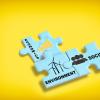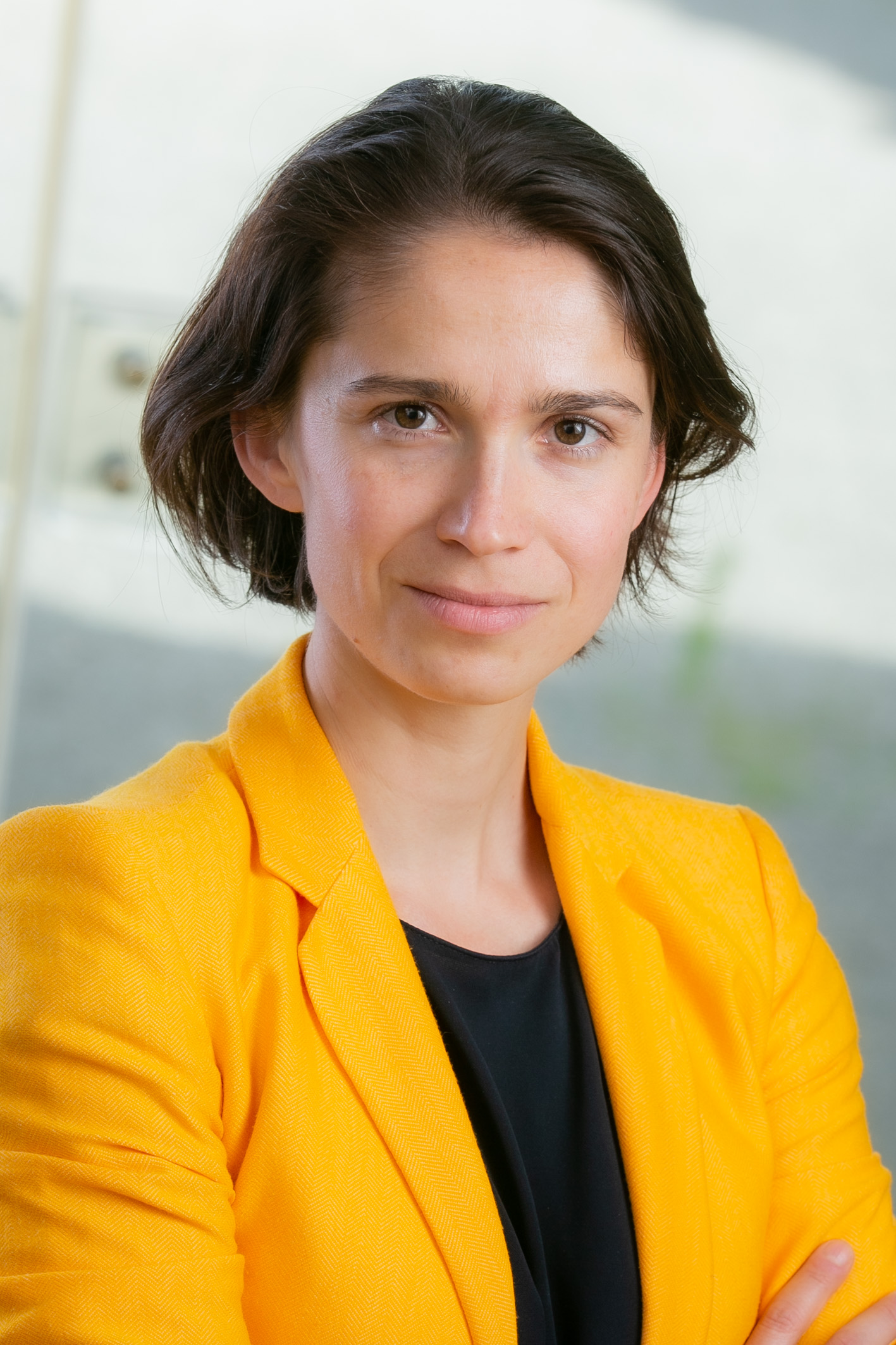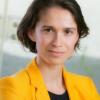
Options Winter 2021: Caroline Zimm joined IIASA in 2014 and is leading the IIASA Strategic Initiative Program’s Just Transitions to Net-zero Carbon Emissions for All (JustTrans4ALL) project.
 © M.Silveri | IIASA
© M.Silveri | IIASA
Q. What are your key research interests and how did they evolve?
A. Before joining IIASA, I worked in development cooperation and project development for rural energy access and renewable energies in the Global South. I came to realize that our activities were based on what we had done before, but were not necessarily following the latest science or most effective practices. It made me want to better understand how human behavior, technologies, and policies interact and how they can be harnessed to improve livelihoods and sustainable human development. I wanted to know: Why do some technologies get adopted faster and more widely? How can we accelerate the uptake of technology? Why do some countries introduce certain policies and not others? Some of the development projects I worked on were financed through carbon credits, which brought me closer to climate policy and finance, and related issues such as historic responsibility and climate justice. More recently, I have become interested in looking at the outcomes and effectiveness of such policies.
Q. What does the JustTrans4ALL project aim to do?
A. In JustTrans4ALL, we will develop scenarios that stay within the Paris Agreement temperature target while overcoming a range of deprivations faced by people experiencing poverty, such as poor health access and nutrition, lack of educational opportunities, and inadequate amenities. Providing everyone with basic living standards as agreed by all nations in the UN Sustainable Development Goals should be the first step. This is currently not widely reflected in climate mitigation scenarios that are used in climate research and to inform policymaking. We plan to base these scenarios on new insights into synergies between energy, education, health, and climate mitigation capacity.
Q How does your work with the Earth Commission inform the fight against climate change?
A. My work with the Earth Commission aims to identify a safe and just corridor for humanity and the planet. The Paris Agreement temperature guardrail of ‘well-below’ 2°C acts as an example. We identify risk thresholds, pinpoint interactions with other systems, and ascertain how tipping elements might reduce our wiggle room – for climate, the biosphere, etc. By defining a safe and just development corridor, we hope to support policymakers and companies to anchor their decisions in science. We consider thresholds and ranges for access to crucial services and nature’s contributions to people as well as levels of acceptable harm related to Earth System impacts.
Q. What do you enjoy most about working at IIASA?
A. I enjoy the international and interdisciplinary atmosphere: my background is quite diverse, covering different fields of study such as economics and environmental management, political science, and a bit of engineering. I have never felt strongly at home in one discipline or approach, but rather have always tried to focus on the research question. Interdisciplinary or post-disciplinary science, something that IIASA has long-lived and pioneered, can provide answers to many of today’s challenges.
By Rachel Potter
